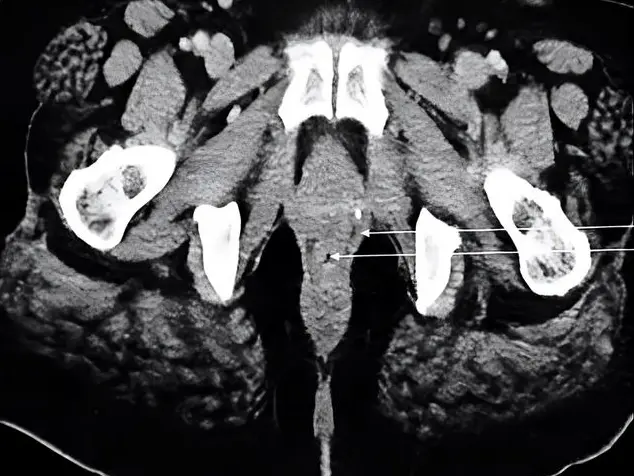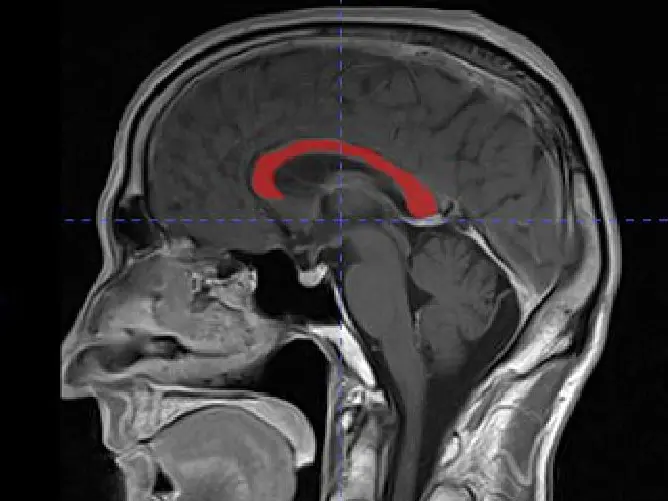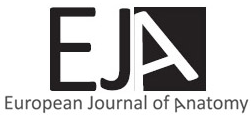The epiphyseal plates of cartilage of ulna and radius is responsible for bone elongation, the fusion of their distal ends and bodies is used for age estimation. Variation exists due to many factors including ethnicity; accordingly, it is important to create a national profile for age determination using an affordable easy method. The aim of the work was to follow up the ossification of the lower end of the radius and the ulna in the Egyptian population between 12-19 years using X-ray, validating the use of Greulich and Pyle atlas. 197 subjects (103 males and 94 females) aged between 12-19 years were included. Skeletal age was determined using a plain X-ray on the lower end of the radius and the ulna comparing it to Greulich and Pyle’s atlas, and also to chronological age.
In males, the mean of chronological age, skeletal age, and the difference between them were 15.35, 15.53 and +0.18 years respectively. In females, the ages were 14.77, 14.92 and +0.15. There was high correlation in all age groups. Examination of the lower end of the radius and the ulna is a suitable method for age detection in Egyptians between the ages of 12-19 years old.



